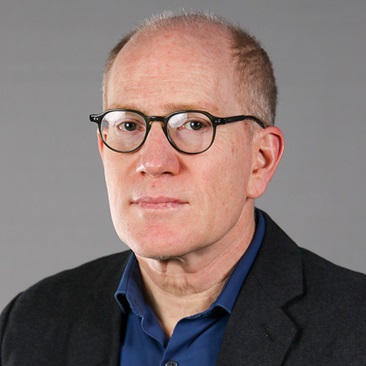Towards Sustainable Cultural Institutions for a New Nation: Creating a National Museum and Archives for South Sudan
Elke Selter, Jok Madut Jok
Museum International, May 2024
When South Sudan became independent on 9 July 2011, it was probably (from a global standpoint) the country with the most limited presence of national cultural institutions. A cooperation between the South Sudanese Ministry of Culture, Youth, and Sports (MoCYS) and UNESCO worked to establish such institutions in the 21st century: they did so to support a country that was not only new, but that was coming out of decades of war, with some of the world’s highest illiteracy rates, large numbers of displaced persons, and very limited internal mobility. One of the main questions that emerged was the following: what role could cultural heritage play in fostering a cohesive, sustainable and collective sense of national identity, especially in view of the nascent South Sudan’s history of war, fragmentation and contest over the identity of the nation? How to make that diversity an asset rather than a liability? This particular context required asking essential questions about the role of museums and archives in contemporary South Sudan. What should the primary uses of this heritage be, how can such cultural institutions maximise their relevance, and for whom should they be relevant?
In this article, we describe the process of creating new cultural institutions by drawing on our personal experiences, respectively managing UNESCO’s culture programme in South Sudan and serving as Undersecretary for Culture and Heritage with MoCYS. We document how we went about creating such institutions, working to develop them so that they would be relevant and useful for the people of South Sudan. While focusing on the initial concepts for these institutions, this article also represents a reflection, written a decade on from the events it describes, that cannot ignore the significant changes that have occurred in South Sudan since Independence, including the renewed eruption of civil conflict in 2013 that brought most of these efforts to a (temporary) halt and raised new questions regarding the sustainable peace- and nation-building role of these institutions. At the time of writing, the National Archives exist in temporary premises, while the National Museum has yet to be established.
The article uses both oral history and ethnographic approaches to recreate the process of developing these institutions, which has proven most useful as a means of understanding South Sudanese ideas about the role of cultural institutions in both peace-building and the development of national identity. As such, the article mostly draws on and assembles empirical data, such as personal notes and interviews with various people who have been involved with these projects. Where relevant, this data has been supplemented with information from several published and unpublished sources.
Related News
School News

Mar 21, 2025
Commentary

Mar 20, 2025
Commentary

Mar 14, 2025
